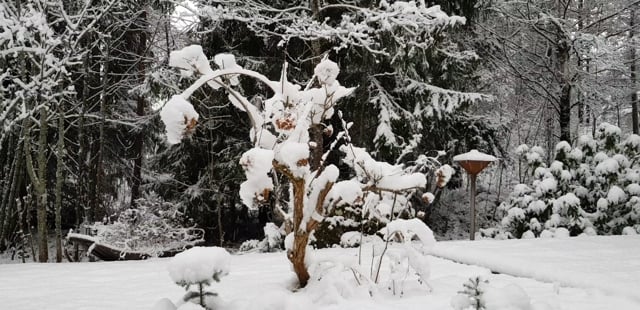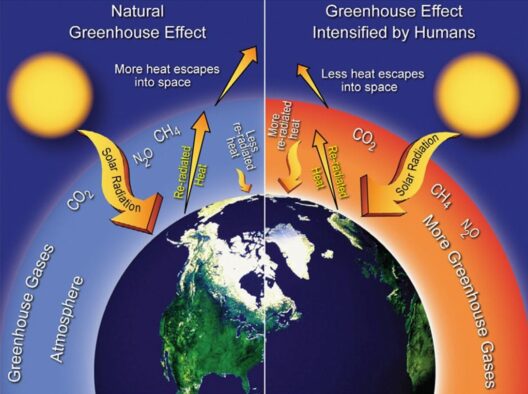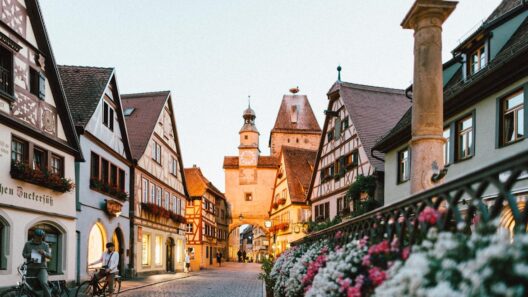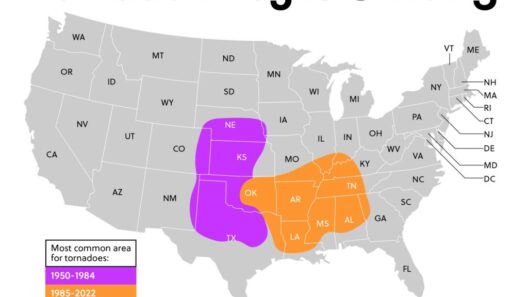The climate in Finland is a captivating amalgam of icy winters and luminous summers, offering a unique experience for its inhabitants and visitors alike. As one contemplates the atmosphere in this Nordic paradise, the question arises: how does such a stark contrast in seasonal characteristics shape the environment, culture, and lifestyle in Finland?
Finland is located in Northern Europe and is characterized by a predominantly subarctic and continental climate. Much of the country experiences long, frigid winters and short, balmy summers. The Finnish winter is marked by heavy snowfall and biting cold, while summer brings the mesmerizing phenomenon known as the midnight sun, where the sun remains visible for nearly 24 hours a day.
To understand the uniqueness of Finland’s climate, one must delve into the details of its winter and summer. Finnish winters typically extend from late November to early March. Temperatures can plummet to as low as -30 degrees Celsius (-22 degrees Fahrenheit) in some northern regions. The southern parts, while more temperate, are still subjected to significant cold. Snow blankets the ground during this season, creating a picturesque landscape that attracts numerous tourists eager to engage in winter sports such as skiing, snowboarding, and ice fishing.
This snowy landscape, however, poses a substantial challenge for residents. The harsh winter conditions necessitate a lifestyle that is well-adapted to the cold. For example, heating homes becomes a paramount concern, leading to increased reliance on energy resources. With climate change exacerbating extreme weather patterns, there is a pressing need for sustainable practices to ensure that heating methods are not contributing to further carbon emissions.
As one contemplates the transition into spring, the snow begins to melt, unveiling the awakening of flora and fauna that had been dormant during the winter months. This time of year stands as a reminder of nature’s resilience and rejuvenation. Nonetheless, the leap into summer brings a dramatically different climate. Finland experiences short, intensely warm summers, which can see temperatures rise to 30 degrees Celsius (86 degrees Fahrenheit) or above.
Summer in Finland is nothing short of extraordinary. The prolonged daylight hours during this season, particularly in the northern regions, usher in the midnight sun phenomenon. From late May to mid-July, the sun hovers above the horizon, resulting in splendid evenings filled with natural light. This unique climatic feature cultivates a vibrant outdoor atmosphere, prompting residents to partake in various activities, from barbecues to music festivals, often extending well into the night.
However, the climatic contrast raises an intriguing question: as Finland becomes warmer due to climate change, what implications will this have for the cultural practices that have developed around these seasonal extremes? The traditional methods of harvesting, for instance, may need to adapt to changing growing seasons and fluctuating weather patterns. Agriculture in Finland is particularly sensitive to climate variations, as the shorter growing season limits the types of crops that can be cultivated successfully.
Fish, a staple in Finnish cuisine, also faces potential shifts in availability and population dynamics due to altering water temperatures and ecosystems. As these aquatic environments transform, fishermen must contend with the possibility of reduced catches of traditional species, prompting a reevaluation of fishing practices and sustainability efforts.
The adjustments required by both residents and the natural environment highlight the importance of community resilience in the face of climatic changes. For Finland, striking a balance between preserving traditional ways of life and adapting to new environmental realities is imperative. Innovative solutions abound, and the Finnish emphasis on sustainability and eco-friendliness bolsters this challenging endeavor.
Despite the challenges posed by an ever-changing climate, the Finnish approach remains hopeful. The melding of innovation with tradition fosters a spirit of unity, as communities embark on collective efforts to combat climate challenges. The government has initiated programs aimed at reducing carbon emissions and promoting green energy solutions. Such initiatives inspire citizens to participate actively in environmental stewardship.
In conclusion, the climate in Finland indeed embodies a unique tapestry woven from snowy winters and sunlit summers. While the icy landscape presents challenges requiring adaptation and resilience, the magical summer days encourage a vibrant lifestyle full of joy and connection to nature. The interplay between these two climatic extremes compels us to contemplate not only the cultural implications but also our collective responsibility toward the environment.
As one reflects on Finland’s unpredictable climate, it becomes strikingly clear: the way forward hinges on the decisions we make today. Are we prepared to embrace the beautiful complexities of climate, understanding that our actions—both individually and collectively—will shape the world we inhabit in the future? The responsibility lies with each one of us to engage thoughtfully and contribute to a sustainable future for generations to come.






